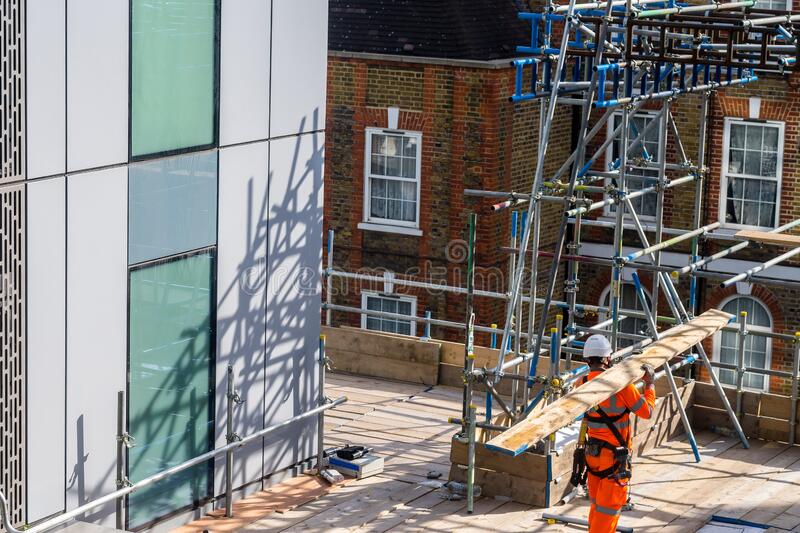Windows are installed at many different heights, from ground level, all the way up to the top floors of multi-story skyscrapers. Where possible it is important to try and design out health and safety risks during the design phase of your project, but what do we do when it is simply unavoidable? After all, windows are required on pretty much every story of a building to make it habitable and functional. When planning out the design of your construction project, it is important to factor in the health and safety aspect of installing and maintaining windows at a high level. Here are some main points to consider:
Things to Consider
- Where will the windows be installed from? If the windows are to be installed from inside the property, then the installers will be able to make use of lifts and stairs within the building. However, the installers will likely be required to wear some form of fall arrest system to protect against falling out of the open space once the old glazing and window frames have been removed. If the windows are to be installed from the external side of the property, then some form of mobile scaffolding will almost certainly be required.
- How high are the windows to be installed? The consequences of any accidental fall increase with height. As part of your risk assessment, try to consider what the likely consequences of a fall would be. Windows installed at ground level carry far less risk than windows to be installed on the 4th story.
- Will the work interfere with public access walkways and pedestrian routes? You must consider the safety of the public who may be affected by the window installation. If scaffolding is required, then it should be set up in a way to provide maximum safety for operatives and pedestrians alike. This can be achieved by utilizing toe boards and brick guards to prevent falling materials. The scaffolding should also be set up in a way to allow pedestrians to safely navigate around it.
- How large are the windows to be installed? Generally, windows will be delivered to the site unglazed, to make handling easier. However, if the frames are particularly large, then they may have a substantial weight to them and they will be awkward to carry up to higher stories. In this instance, bespoke scaffolding solutions will be necessary to enable the frames to be safely carried up to the desired height. This needs to be factored into the design cost and timescale of the project.
- How will the windows be maintained – it is advisable to specify windows that can be maintained from inside the building, particularly on high rise buildings. Designers should seek to use self-cleaning glazing or hinges that allow the window casement to fully rotate, giving the user the ability to clean from the inside. If this is not achievable, then a scaffold will be required for window care and maintenance.
Conclusion
Window installation, design, and maintenance require risk assessment planning, particularly where working from height is involved. Scaffolds provide an effective means to make work from height safer for all involved. If you would like further information about the benefits of scaffolding for your next construction project, visit NTW Scaffolders Portsmouth today.
